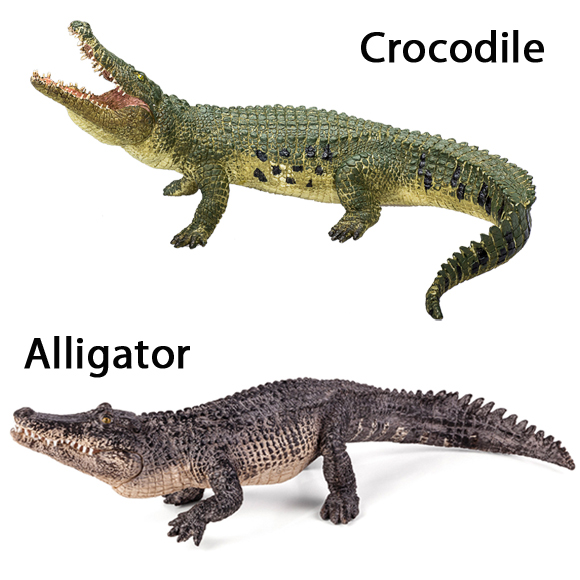Call for Crocodile Hunting to be Permitted in the Northern Territories
State Government to Lobby Canberra for the Reinstatement of Crocodile Hunting
The State Government of the Northern Territories (Australia) is to lobby national Government for the return of crocodile hunting in the State, home to the fearsome and extremely dangerous Estuarine Crocodile.
Since the hunting and trapping of crocodiles was banned, these ancient creatures have bounced back from near extinction to a very healthy population. In fact, scientists estimate that there is now one Saltwater crocodile to every two people in the Australian state of the Northern Territory. The call to reinstate hunting of these crocodiles, capable of growing in excess of six metres in length; follows the death of a teenage boy, killed in a crocodile attack at Milingimbi Island about 250 miles east of the city of Darwin.
Currently, these crocodiles and their smaller cousin the Freshwater crocodile are protected but Northern Territory Environment Minister Karl Hampton has called on this to be reassessed and has asked federal Environment Minister Tony Burke to visit the state to see the situation at first hand.
Mr Hampton said when speaking in favour of the return of safari style hunting:
“Talk to a lot of the indigenous groups, go and visit, see first hand what opportunities there are in terms of economic development, creating indigenous jobs.”
He went onto add:
“So I’m heartened with the response I’ve got to date from Tony and we’ll continue to talk and continue to push for that safari hunting opportunity for the Territory.”
He also acknowledged that more could be done to educate young people in remote communities about the danger of attacks from Saltwater crocs.
He expressed deep sorrow about what happened to the 14-year-old boy, and said the state government needs to continue with the education campaign making sure that DVDs, posters and the teachers are talking to the kids in the school about being what he termed as “crocodile-wise”.
There have been a number of attacks reported in recent years, in 2009 a young boy was killed by a three metre crocodile whilst swimming with friends in a swampy area on the outskirts of Darwin. However, environmentalists and herpetologists will most likely object to the return of safari style hunting of crocodiles, pointing out that such hunting is banned in Florida where the resident Alligators regularly come into contact with people.
The increasing number of Estuarine (otherwise known as Saltwater) crocodiles on the northeast coast of Australia is causing concern amongst local residents and the surfing community.
The Estuarine crocodile (Crocodylus porosus) can be found over a large area of Southeast Asia. It ranges from Sri Lanka to the Fiji islands, with a resurgent population in northern Australia as hunting them has been banned. These animals are the largest living reptiles. The Saltwater crocodile is capable of living in a number of habitats but prefers the mouths of rivers and other tidal areas. Estuarine crocodiles are quite happy swimming out to sea and many have been spotted tens of miles off shore. This may explain why they are so widely spread in south-eastern Asia.
A Model of a Crocodile Compared to an Alligator
The models (above) are part of the Mojo Fun model range to see the range of Mojo Fun figures available from Everything Dinosaur: Mojo Fun Prehistoric and Extinct Models.
Unfortunately, their numbers in Northern Australia have grown substantially over the last twenty years and many crocodiles are beginning to be seen on popular surfing beaches and basking close to areas frequented by swimmers. It is very likely that as crocodile numbers increase so there will be more attacks on people.


